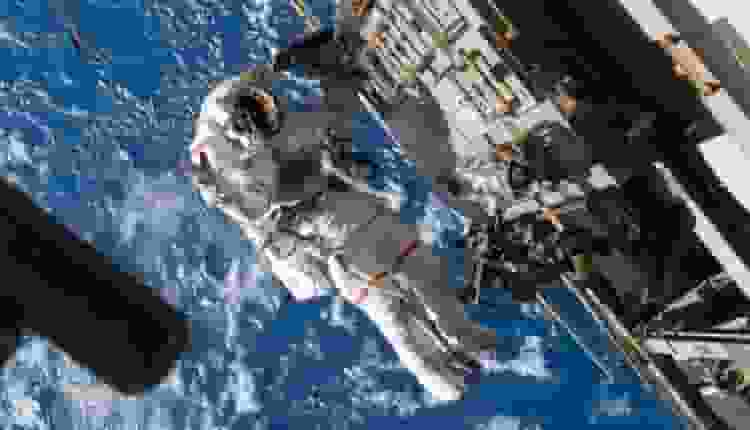
NASA’s James Webb telescope has uncovered the existence of a probable water ocean on an exoplanet, K2-18 b, located an incredible 120 light-years away in the constellation Leo.
This exciting discovery could significantly affect our knowledge of life beyond Earth.
Exoplanetary Ocean World, the Quest for Extraterrestrial Life
Dimethyl sulfide (DMS), a substance commonly associated with life on Earth, has also been suggested to be present based on the telescope’s observations.
This fascinating finding expands on previous investigations of the same region by NASA’s Hubble and Kepler telescopes and sheds new light on the mysteries of the cosmos.
While scientists have only given the exoplanet the name “K2-18 b,” they know its potential importance in the hunt for alien life.
K2-18 b, with a mass about nine times that of Earth, is a candidate for the Hycean class of exoplanets, which are thought to have hydrogen-rich atmospheres and surfaces covered in an ocean of water.
The atmosphere of K2-18 b has really grabbed scientists’ interest. Due to its high levels of methane and carbon dioxide and low levels of ammonia, NASA concludes that this exoplanet is likely an ocean world.
A hydrogen-rich atmosphere is consistent with an ocean occurring below it.
Dimethyl sulfide (DMS) has been detected in the atmosphere of K2-18 b, which is an even more enticing find.
DMS production is a hallmark of life on Earth, and it occurs mainly in maritime areas where phytoplankton thrive.
Future investigations with the James Webb telescope may show whether or not this fascinating chemical is present in considerable amounts on K2-18 b. However, this still needs to be confirmed.
Although this exciting development has sparked much interest among scientists, it is essential to remember that it does not prove that the exoplanet is habitable.
As the study’s principal author, an astronomer from the University of Cambridge, Nikku Madhusudhan, points out:
“Our findings underscore the importance of considering diverse habitable environments in the search for life elsewhere.”
Read more: US Moves Closer To Mandating Recall Of 52 Million Dangerous Air Bag Inflators
K2-18 b Explored by the James Webb Telescope

Within the habitable zone, an area surrounding a star where liquid water might exist is where K2-18 b orbits.
The planet has a thin, hydrogen-rich atmosphere and possibly an ocean on its surface, but it presumably has a significant mantle of high-pressure ice, like Neptune.
However, K2-18 b’s ocean might be too hot to live in due to the planet’s extreme temperatures.
In 2015, NASA’s K2 mission made the initial discovery of K2-18 b. However, the James Webb telescope was able to perform a more in-depth investigation, raising the intriguing possibility that it is an ocean world.
The telescope’s increased wavelength range and exceptional sensitivity allowed scientists to analyze a tiny percentage of the star’s light as it traveled through the exoplanet’s atmosphere.
This July marks one year since the James Webb Telescope first began uncovering the cosmos’ mysteries.
Star-forming regions, early galaxies, and other mysterious cosmic formations have never been seen so clearly, expanding our grasp of the cosmos.
Finding an ocean of water and signs of life on K2-18 b is more evidence of the telescope’s extraordinary powers and the never-ending quest to reveal the mysteries of our vast and diverse cosmos.
Read more: Legislators Embrace Google’s Move To Mandate AI Transparency From Political Advertisers

